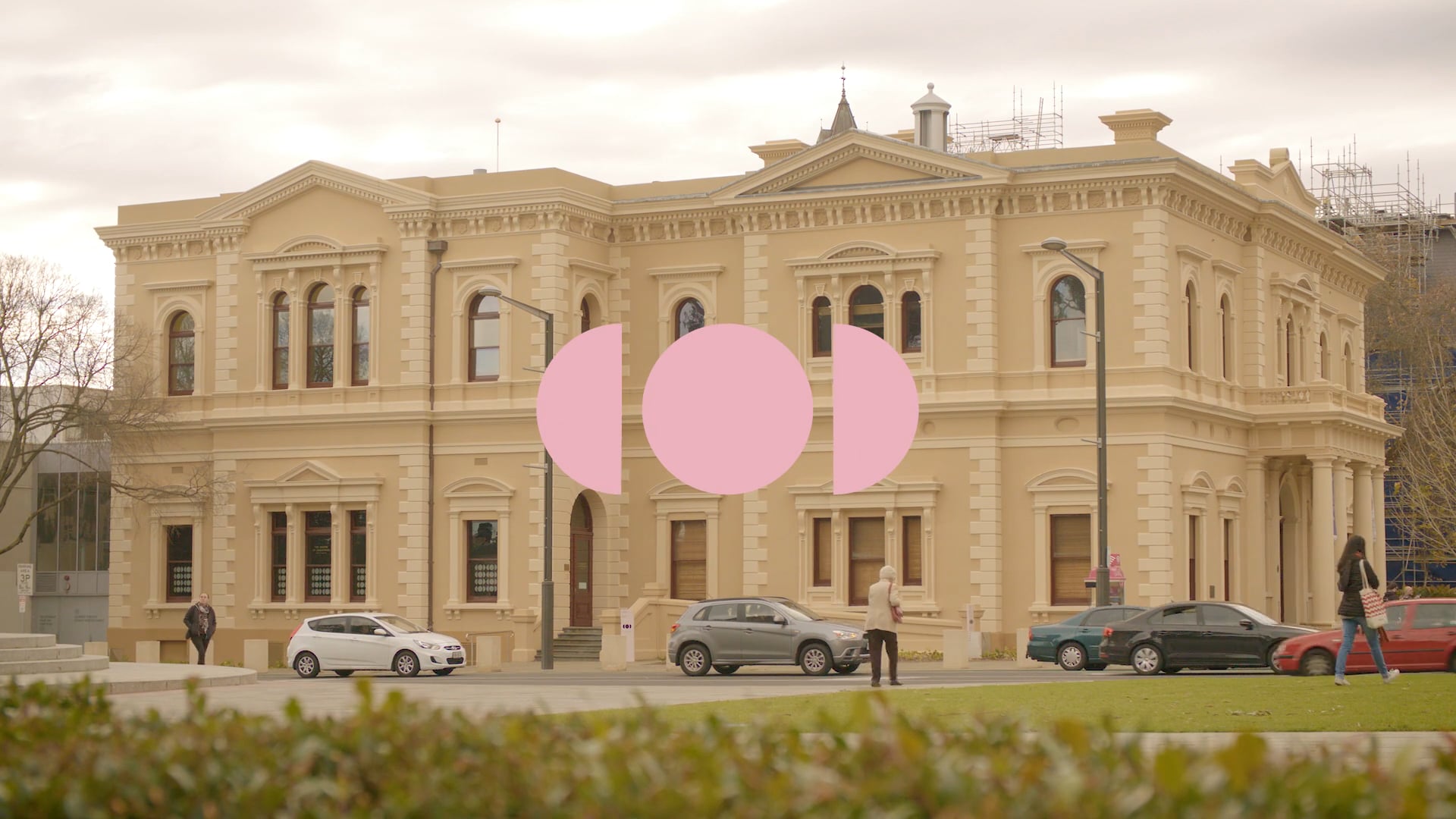
This year marks 130 years since women gained the right to vote and stand for parliament. December 18 is the anniversary of women’s suffrage in South Australia. At the Centre of Democracy, we are using this moment as an opportunity to reflect on South Australian women activists and their campaigns...
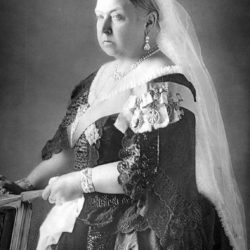
On 18 December 1894 the South Australian Parliament passed the Adult Suffrage Bill which granted women the right to vote and to stand for election. Since this required a change to the Constitution of the Parliament of South Australia, royal assent was required. The Bill was enacted two months after...
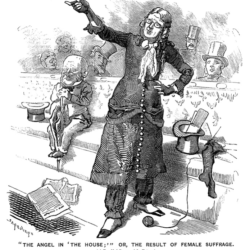
Women’s suffrage was raised in seven separate (unsuccessful) Bills in the South Australian Parliament between 1886 and 1894. During this time, public meetings, lectures, letters to the press, deputations and petitions punctuated public life and slowly turned the tide of public and parliamentary opinion. A driving force behind the...
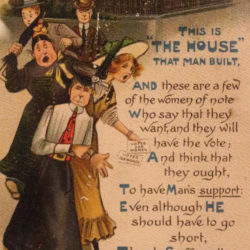
Suffrage 125: Resisting The Triumph of Women’s Rights – Anti-Suffrage Anti-Utopias** Utopian fiction of the nineteenth and early twentieth centuries became one literary space in which writers interested in social reform, including women’s suffrage and broader gender equality, found an outlet for imagining what a different world might look...
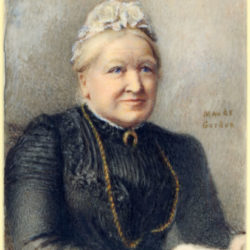
In her introduction to the Griffith Review volume “State of Hope”, Julianne Schultz writes of South Australia as “born of reform”,[1] and with “hope in its DNA”.[2] While Schultz notes an equally prominent history of conservatism and complacency, her characterisation of South Australia as reformist is one that echoes with...
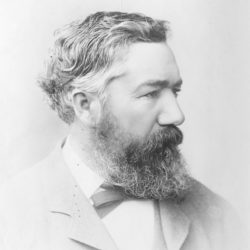
Imagine campaigning for legislative change without a representative voice in parliament. Can you grasp the challenges? During the campaign for women’s suffrage in South Australia women had no voice in parliament. The political rights afforded to men, and not to women, were what the Women’s Suffrage League and others were...
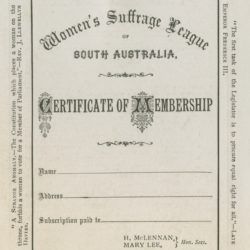
When resistance occurs citizens in a democracy organise to effect change. When Dr Edward Stirling advocated the extension of the franchise to women, the House of Assembly passed his motion affirming the desirability of recognising women’s political rights; but when the Bill was introduced to give effect to the motion,...
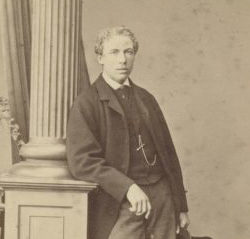
It is correct to assume that the achievement of women’s suffrage in South Australia was pragmatically undertaken by women and men. Still today, women’s rights are issues for people of all gender identities, and not only the responsibility of women. One such man, Dr Edward Charles Stirling (1848-1919), a surgeon,...
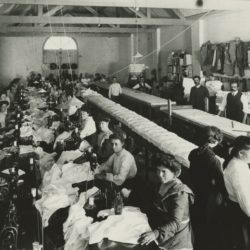
2019 marks 125 years since women won the right to vote and stand for parliament in the Colony of South Australia. Aboriginal women were not excluded from the legislation, however were not actively encouraged to exercise their rights. Looking back, what was life in South Australia like for most non-indigenous...
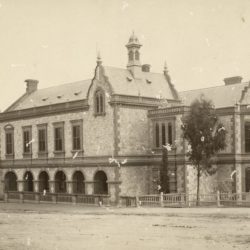
When the South Australian Constitution was drawn up in 1856, it was one of the most radical and democratic in the world. From the establishment of the colony the governor governed the people on behalf of the British Empire. Both colonists and the Aboriginal people had no say. The governor...